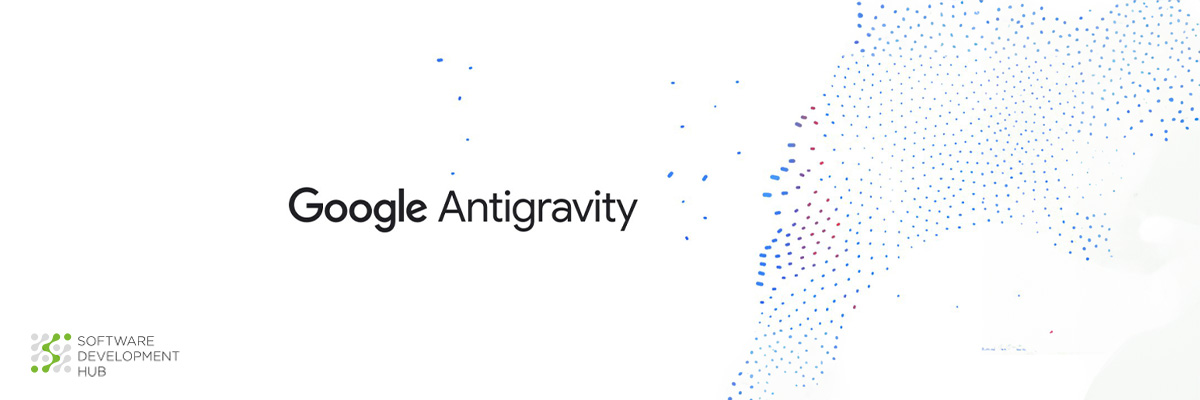How to Create Location-Based Applications: Main Features
The location-based app is a huge mobile device product segment that uses location-based features. This option makes the application even more productive, accurate, and useful for the user. Since there are many options for such programs, below we will view their main types and technologies used to create them.
Where are location-based apps used? These areas include hospitality, tourism, and navigation, logistics, location-based social networking, etc. But the application of technology is not limited to finding directions, places, and people. Retailers are widely using geofences to send messages to nearby potential customers. In social networks, for example, you can put a label by publishing a text post, video or image, and weather services, because of access to the location of the owner of the device, can display information about changes in weather parameters in a particular area within a given time period.
What location applications are
The location-based application, like a mobile device program, is created so that the merchant can provide their services to the end customer. And yes, they also include those Google notifications with a request to rate the quality of service in a restaurant and applications of the Airbnb type that issue the most relevant rental offers based on your location.
A quick look at the location-based apps market the impact of the COVID pandemic on a number of industries in which applications are used should be mentioned as well. This, in particular, concerns logistics and tourism. After three years, business players have learned to adapt to new realities, characterized by even increased self-isolation. According to analysts forecasts, by the year of 2025, the market value of real-time location-based services will be $39.2 billion.
How does the location feature work? The mobile communication network and cell ID are used, due to which the location of the receiving base station is accurately determined. GPS satellites are used in the second case, which is even more accurate. Another way to determine the location of a short-range beacon is using Wi-Fi and Bluetooth.
Once again, let's outline the areas where location-based applications are relevant:
- tourism;
- logistics;
- field services;
- planting and agriculture;
- teaching and doing research;
- gaming, where the functionality of the avatar is tied to the movements of the player in real life;
- location-based mobile advertising;
- recommendations regarding activities and events in the coming days;
- congestion alerts;
- the possibility to notify about the location of a mobile network subscriber in case of an emergency call;
- option for tracking people in a mobile program with terrain mapping;
- step-by-step navigation.
Location-based technologies
The application uses various outdoor and indoor location technologies.
Outdoor location technologies
- GPS (Global Positioning System) uses satellite signals to determine location. Thanks to this, obtaining information about geolocation and time reference is possible. The technology is good because it covers the entire globe and allows you to quickly determine the location with high accuracy. However, the level of energy consumption is quite high, and the signal itself does not overcome some types of obstacles - concrete walls, an array of water, dense forests, etc.
- GLONASS (Global Navigation Satellite System) — Russian satellite system similar to GPS.
- Galileo — European Union's satellite navigation system.
- BeiDou — Chinese satellite navigation system.
- Cellular triangulation — Uses cell phone towers to triangulate position.
- A-GPS is an auxiliary GPS. A technology combines GPS and Cell ID for more accurate positioning. Its work is based on the generation of combined data that is collected from the server and then transmitted via the Internet. It is a high-speed, energy-saving detection method even in areas such as tunnels or dense forests, but some features of the technology only work properly when there is cellular coverage.
- Wi-Fi positioning — Uses Wi-Fi signals to determine location.It demonstrates high productivity in work conditions with the use of RSSI or Google Maps. The solution is easy to use when connected to a Wi-Fi network, but with a relatively fast identification of location, it operates in a smaller area and depends on a stable connection.
- Bluetooth beacons — Uses low-energy Bluetooth signals to determine proximity to beacons.
Read also: What Technology Can Protect Intellectual Property Rights?
Indoor location technologies
- Wi-Fi positioning uses Wi-Fi signals to determine the location inside buildings.
- iBeacon и Eddystone – technologies developed by Apple and Google. They function with BLE - Bluetooth signals, which is characterized by low power consumption. Why are iBeacon and Eddystone good for custom enterprise software development? They accurately locate the user, but require a large financial investment and require systematic updates with a short range.
- Inertial measurement units (IMUs) use sensors to track movement and orientation.
- Ultra-wideband (UWB) uses radio waves to determine location with high accuracy.
- Magnetic positioning uses magnetic field measurements to determine location.
- Visual positioning uses cameras to determine a location based on visual recognition of features.
Popular technologies for GIS-based application development
APIs
APIs are a set of protocols, routines, and tools for building software applications. GIS APIs provide a way for developers to access and interact with GIS data and services.
SDKs
SDKs are a set of tools and libraries that enable developers to build software applications for a specific platform or operating system. GIS SDKs provide a way for developers to build custom GIS applications using the tools and services provided by a specific GIS platform.
Geofencing
Geofencing is a technology that uses GPS or RFID technology to create a virtual boundary around a specific geographic area. GIS-based applications can use geofencing to trigger events or alerts when a user enters or exits a specific area.
Read about the geofencing in IoT Terneo system developed by the SDH team.
Web Mapping
Web mapping technologies enable developers to create interactive maps that can be embedded in websites or mobile applications. Web mapping technologies often use APIs and SDKs to access GIS data and services.
Cloud-based GIS
Cloud-based GIS platforms enable developers to build GIS applications using cloud computing resources. These platforms often provide APIs and SDKs that developers can use to access GIS data and services hosted in the cloud.
Machine Learning
Machine learning algorithms can be used to process large amounts of GIS data and extract useful insights. GIS-based applications can use machine learning to perform tasks such as image analysis, land cover classification, and predictive modeling.
Key features of GIS-based applications
What features of location-based applications are popular?
The use of the map as an application interface
As an interface, a map that displays changes in real time is taken.
Notifications
Notifications are among the key features of GIS-based apps. Short pop-up messages about promotional sales, and events of interest are aimed at quickly informing the target audience, and you do not need to scroll through the news feed in search of the necessary information.
Information filtering
The information filtering option is a tool for blocking unnecessary information and getting notified only about things that really interest you. So the user cuts off unnecessary messages and leaves only relevant, useful information for himself.
Personalized offers
Personalization makes the application even more productive and useful for the user. Personalized offers that inform the user about current events and news are formed on the basis of data about the user, their interests and their environment.
Bonuses program
The bonus program perfectly gamifies running a local business. Your customers can collect points or rewards by attending certain events. Later these bonus points can be exchanged for other pleasant opportunities.
Conclusion
Location-based application development is one of the areas in which Software Development Hub is successfully developing. By providing сustom mobile application development based on outsourcing, we implement the ideas of customers and help to scale businesses in a number of areas - telemedicine, education, electronic accounting, home automation, and security technologies.
We provide enterprise software development services and software development services for startups. Highly qualified specialists will offer cost-friendly and convenient solutions to achieve your business goals.
Categories
About the author
Share
Need a project estimate?
Drop us a line, and we provide you with a qualified consultation.








